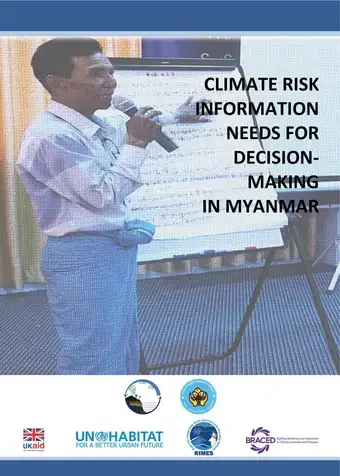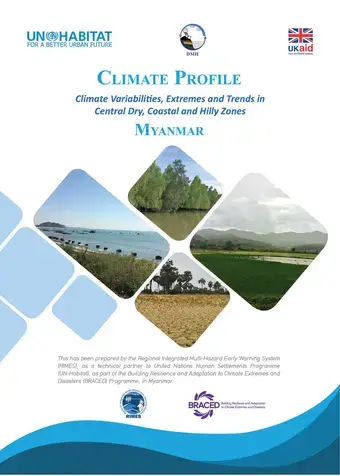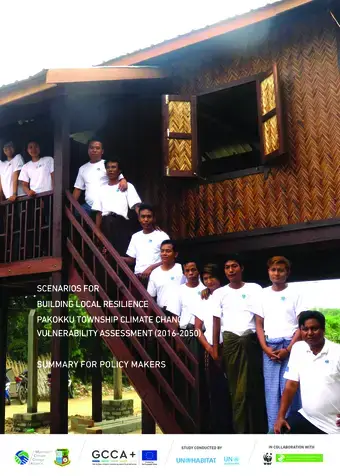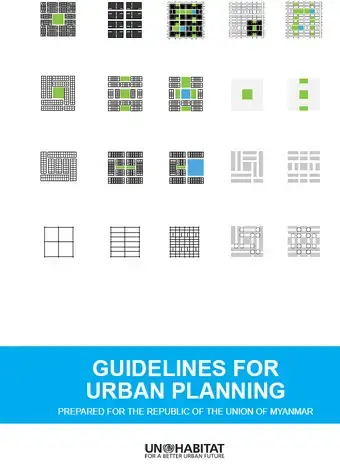UN-Habitat and Myanmar sign MoU to support impoverished communities
Nay Pyi Taw, November 09, 2016—UN-Habitat has signed a Memorandum of Understanding with the Department of Rural Development (DRD) under the Ministry of Agriculture, Livestock and Irrigation of the Government of Myanmar. It is envisioned that by the end of the new MoU in 2018, over 1.8 million people in 1,314 villages (25 townships) would have benefited from WASH, community infrastructure, electricity and housing projects.








